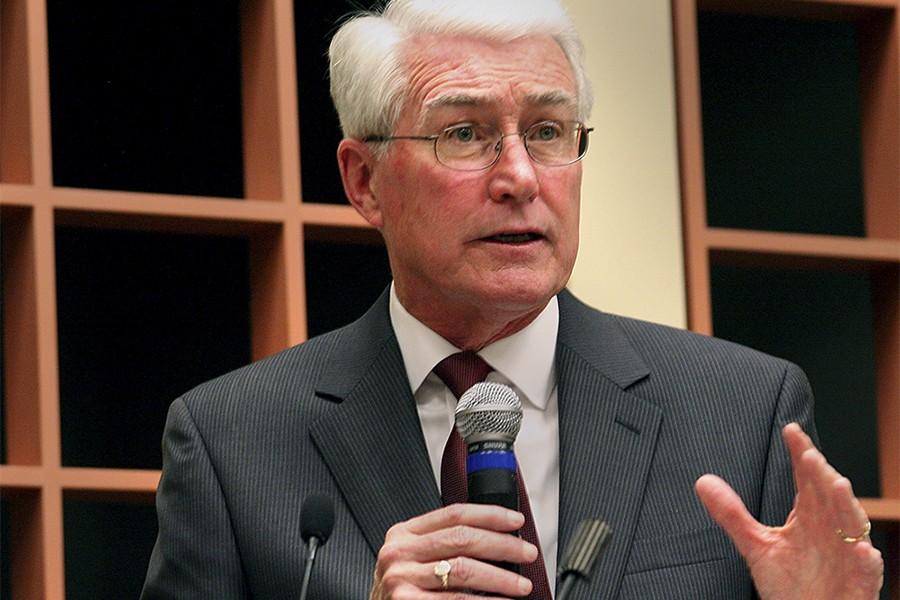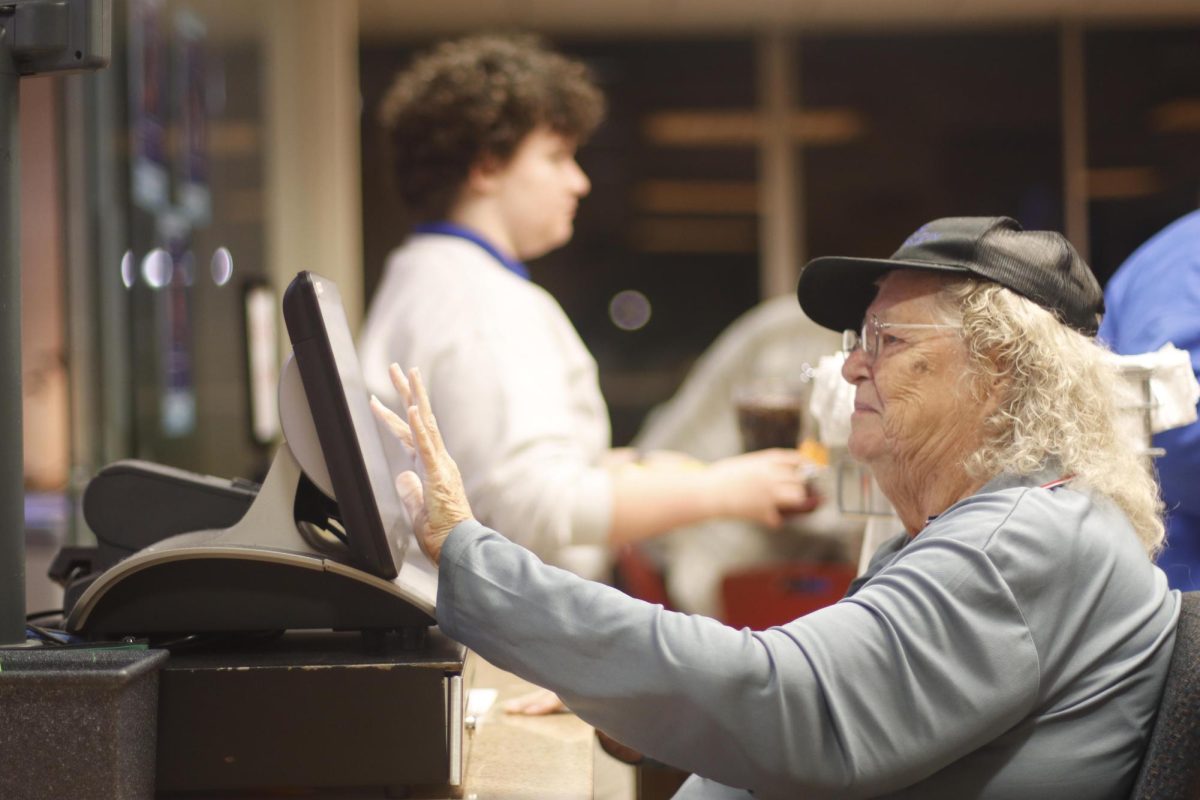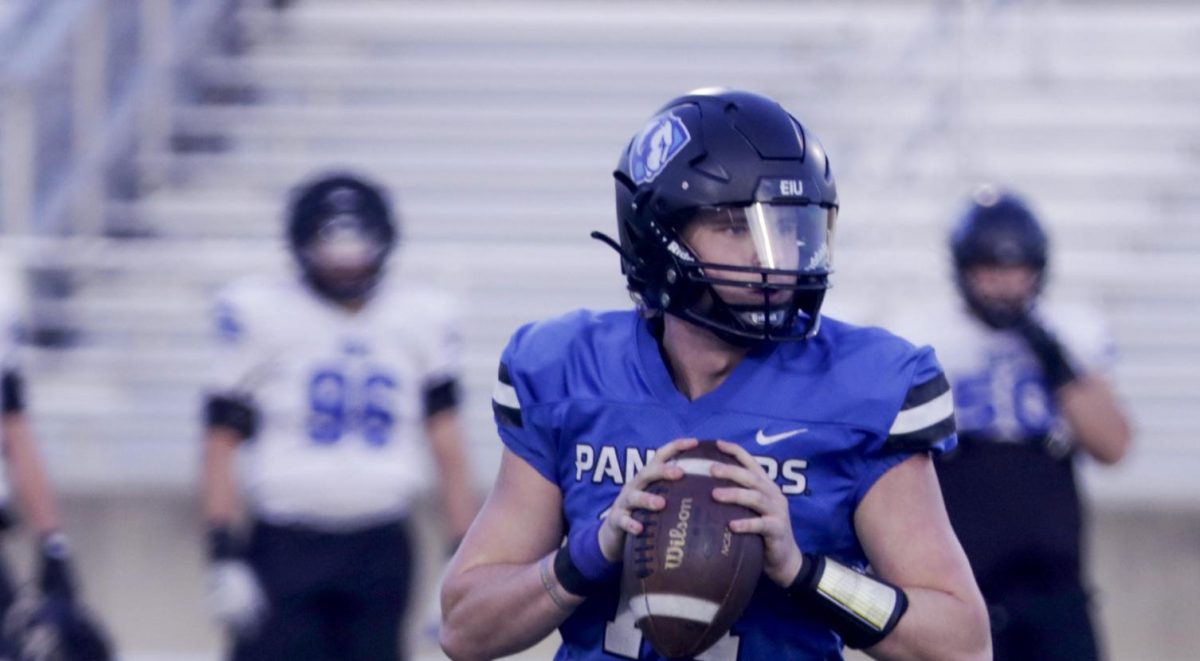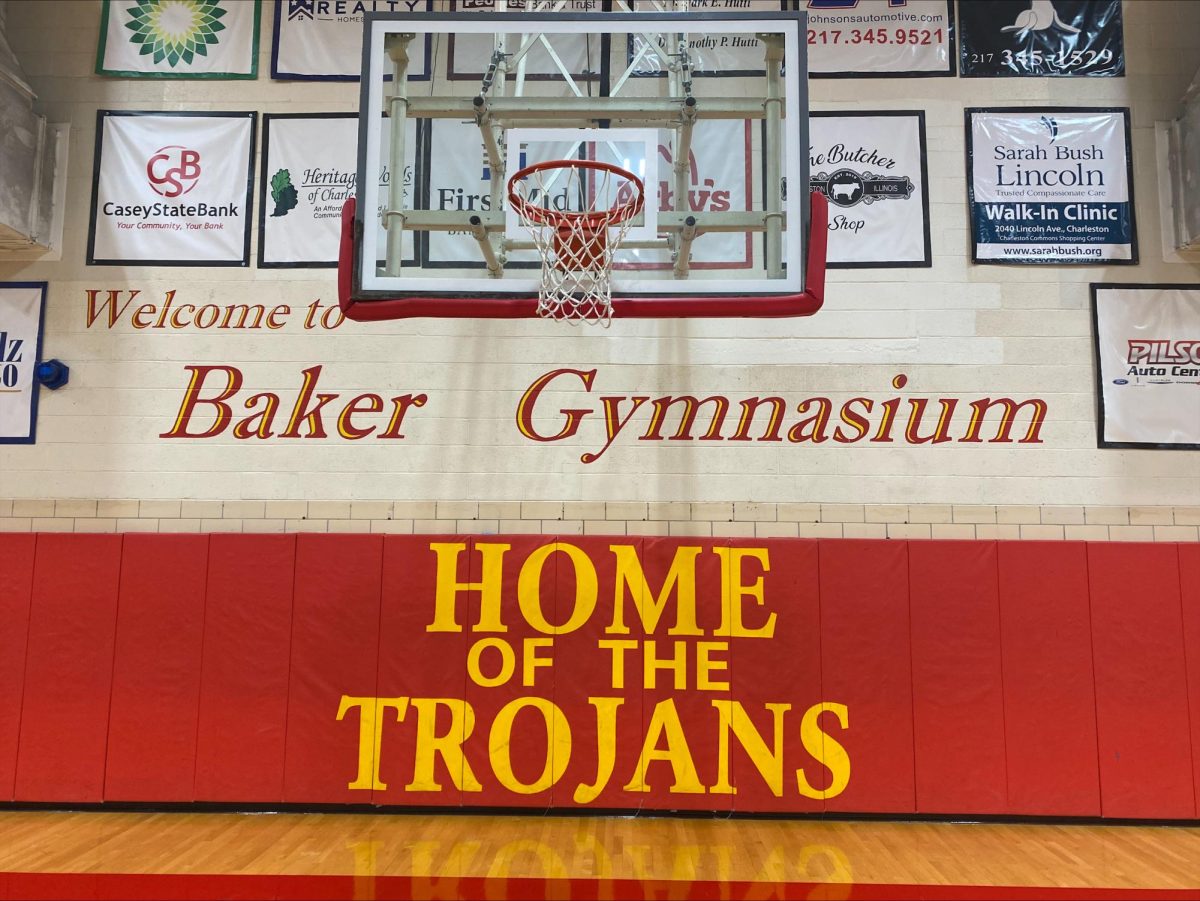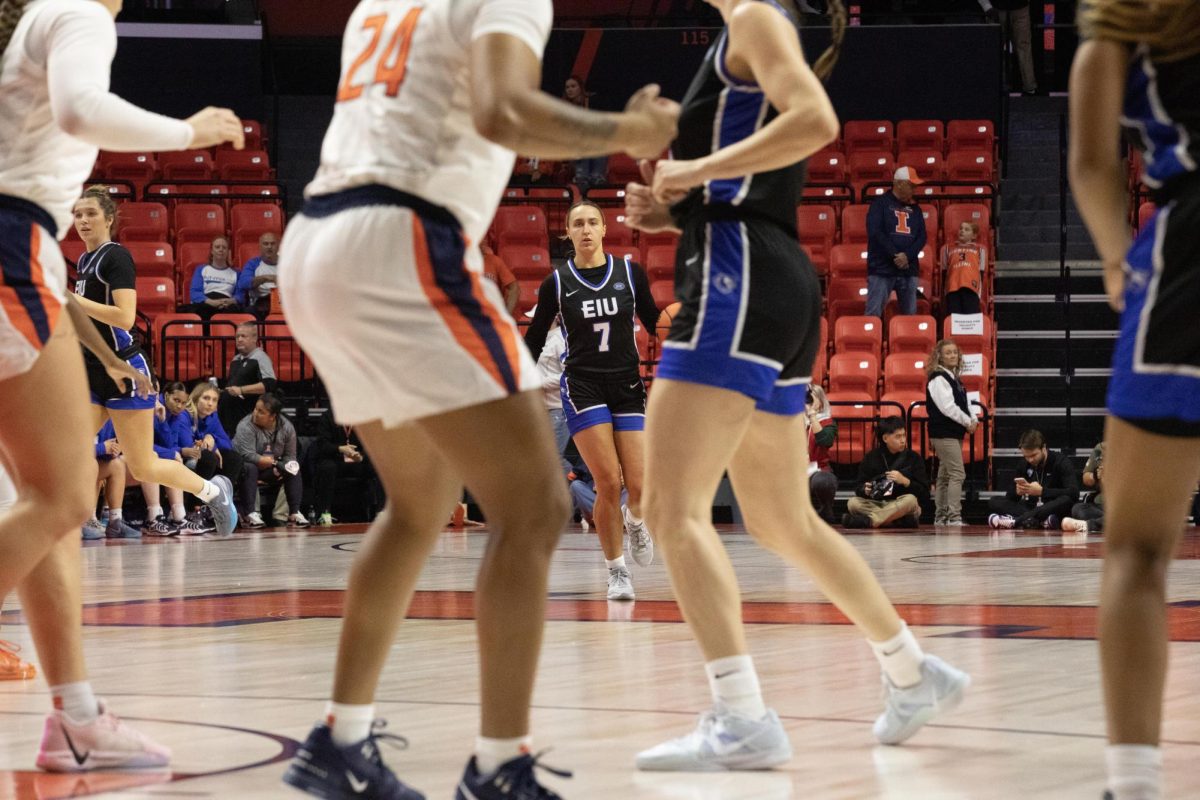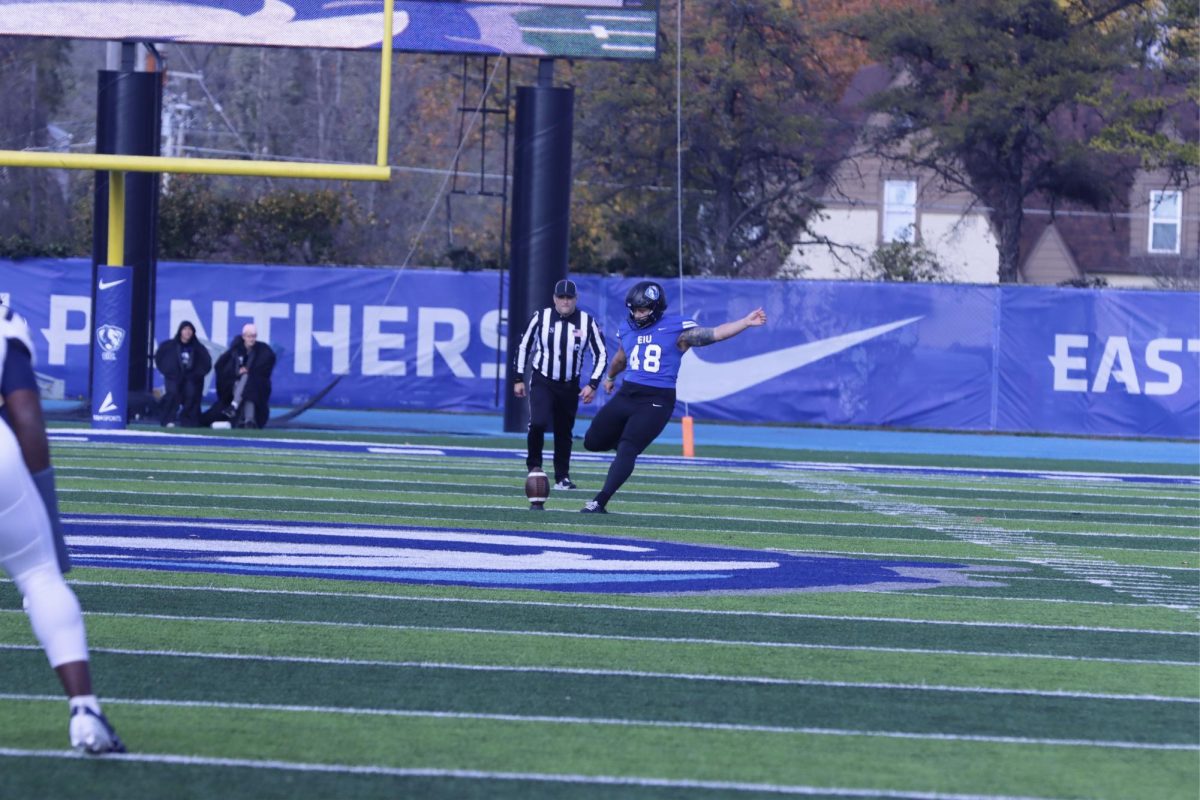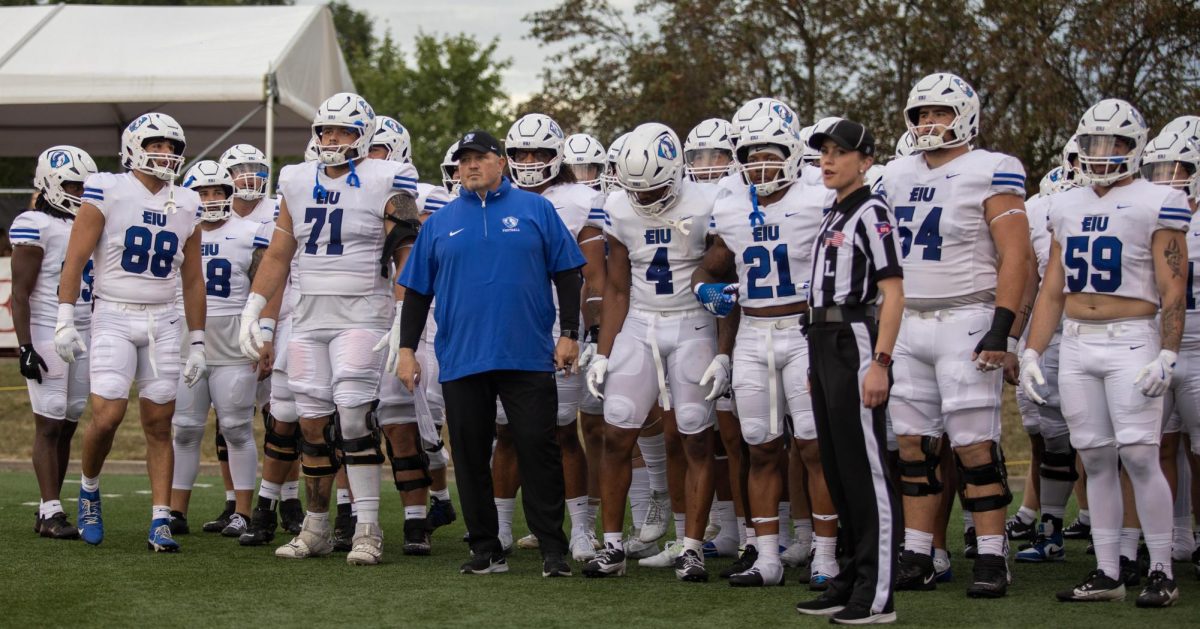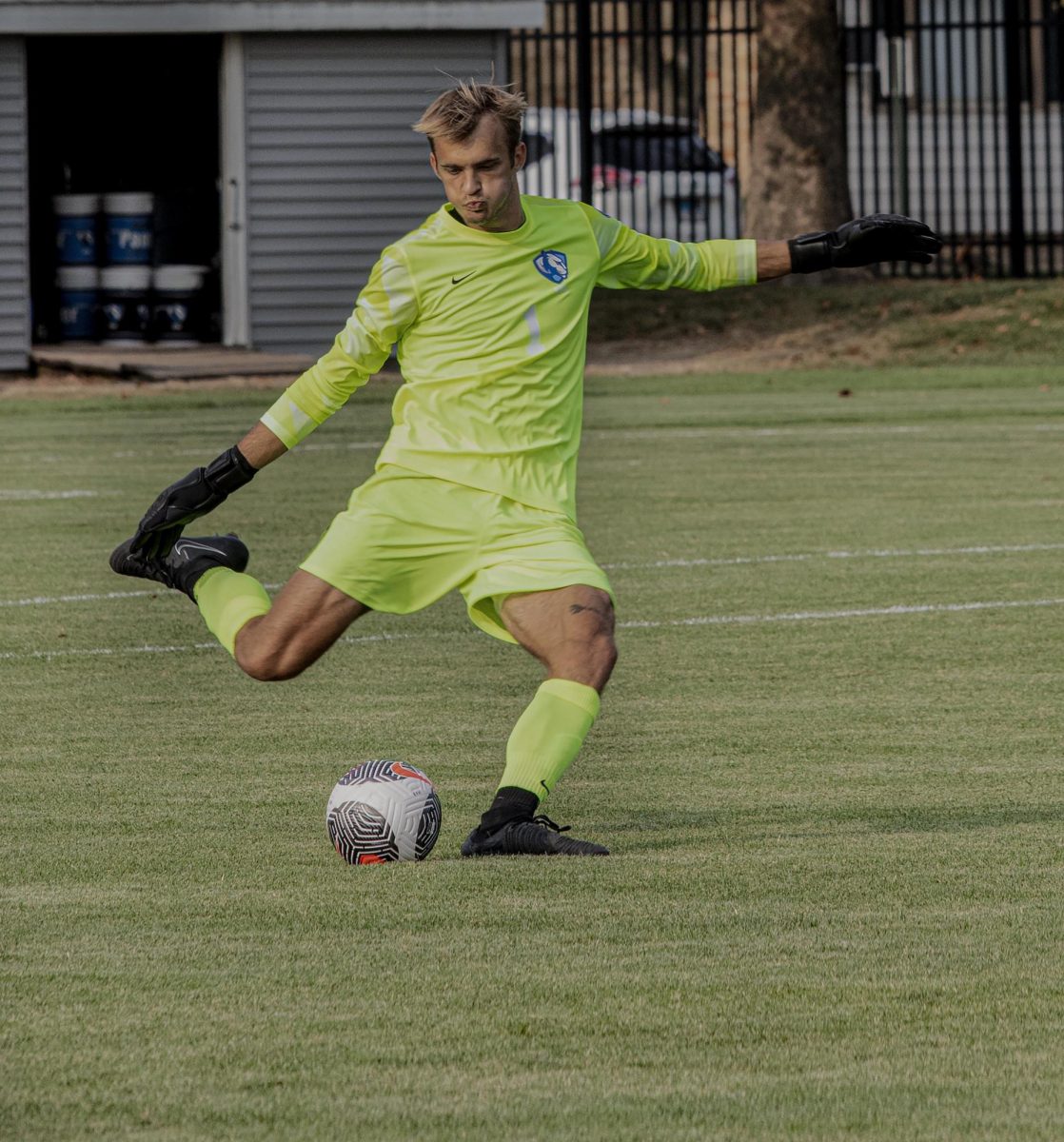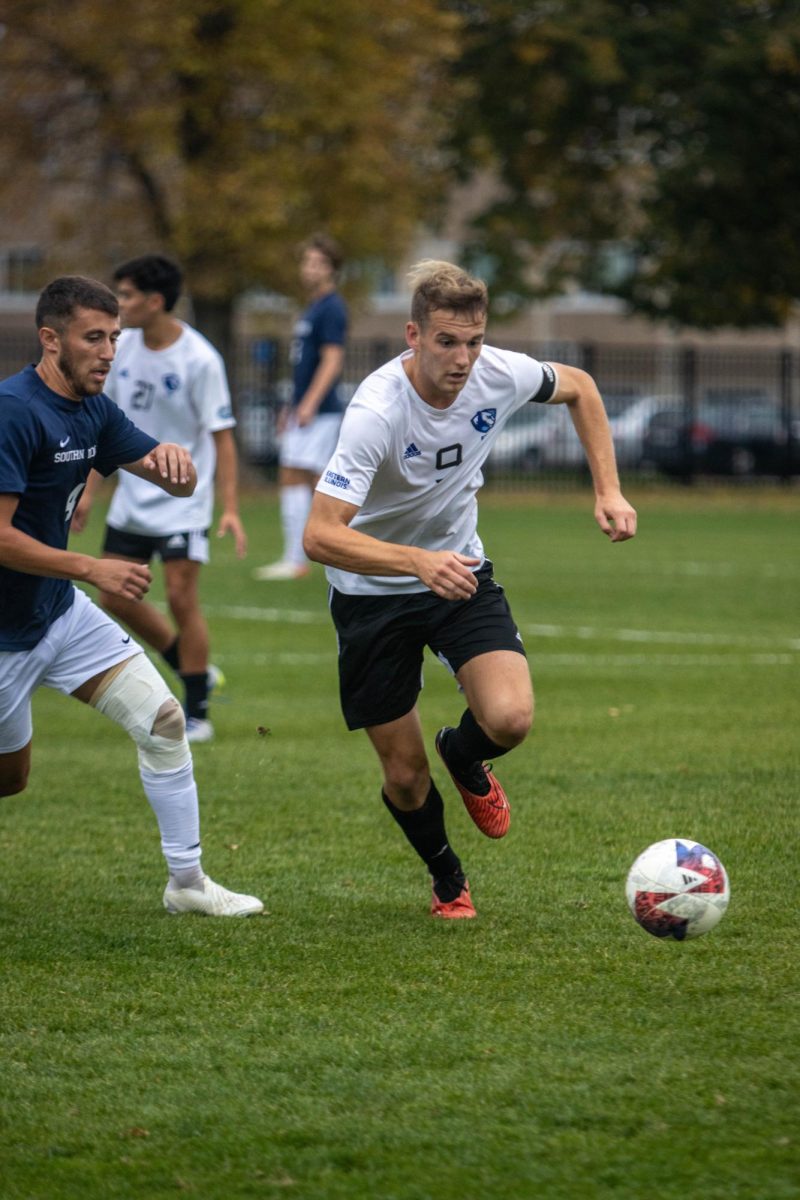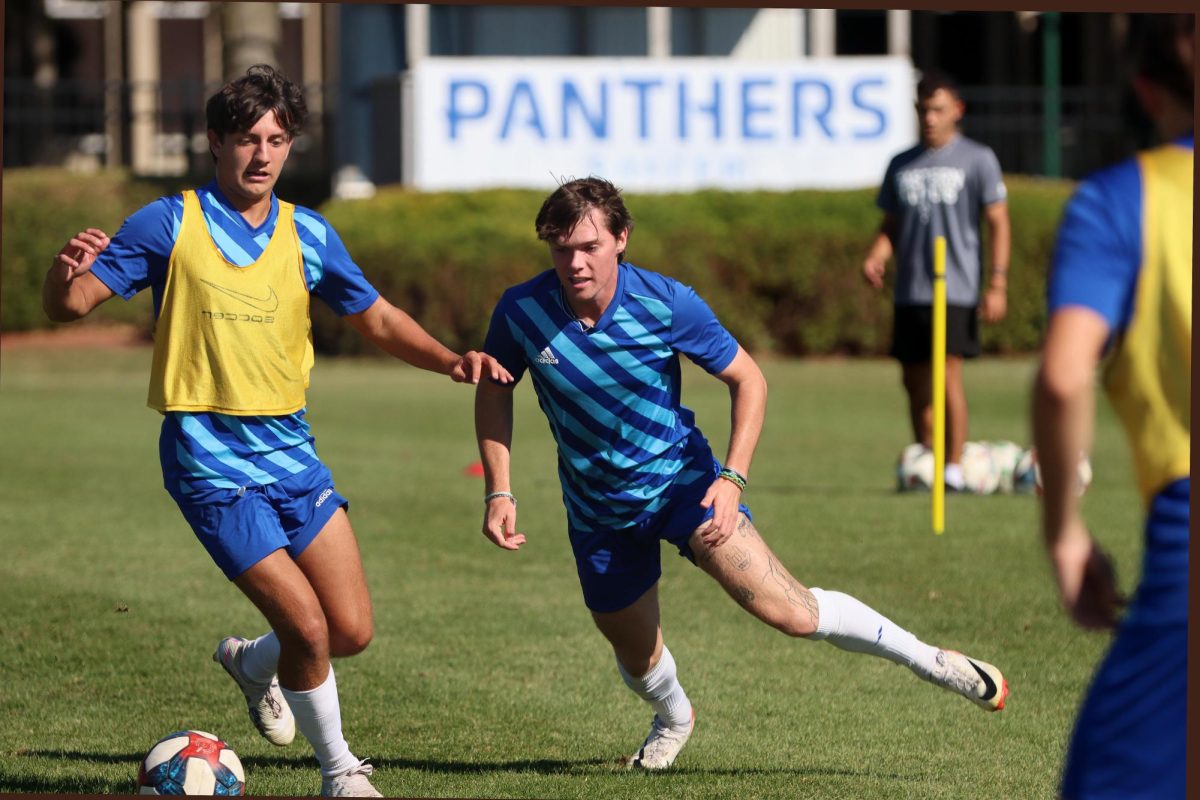The importance of guiding the next generation of journalists
June 27, 2018
Currently, there is a summer camp being held on campus, the Illinois Press Foundation/ Eastern Illinois University high school journalism camp.
The Illinois Press Foundation is one of the largest state press organizations in the country, and they sponsor the camp, so the students attending do not have to pay any fees to participate.
Journalism Professor Joe Gisondi, is the workshop director for the camp, and he asked me to come help out last Friday, the day where students were being taught the basics of photojournalism.
I have a background in photography, so I was glad to help out, and meet some of the students attending the camp.
On Friday, I joined many other professionals who came to campus, in order to help educate the students on this aspect of journalism.
For the first exercise, I was paired up with two students that needed portraits of each other taken, to go along with a feature story they were writing on each other.
I used my knowledge of the campus, the angles they were taking on the feature stories and my photography skills, to help them make amazing portraits of each other. We tried out a couple different portrait ideas, and would eventually figure out the final product back in the newsroom.
The two students I helped with this exercise were Rhaya Truman and Jimeya Mayes.
I please ask the reader to check out the feature stories I just linked above, because they are absolutely amazing. It really is wonderful seeing how talented this next generation is at the field, they are certainly way more talented at this than I was at their age.
Then we all decided to send the students out into the Charleston Square to find photographs/stories on the spot.
This is important skill for journalists, especially for photojournalists, because they have to learn how to talk to people on the spot, convince the person to let them be photographed and get a good story from the person.
I was paired up with two other students, and we planned to go to some different places in the square to find feature photos (photos usually found on the spot, and feature a person or a event).
However, at the last minute, we decided to go to the Charleston Carnegie Public Library and Persimmon Lane Vintage and Antiques.
There we found great stories, better than anywhere else we initially planned to check out. In photography, I feel that usually the non-planed photos are always the best ones. This has happens to me many times walking/driving around and finding good photos/stories on the spot.
One of the students Tim O’Leary, found an awesome story on a woman named Ann Elzy, who started a massive 40,000 piece community puzzle in the library. People in the community come and contribute to solving the puzzle, and then log their work in a notebook near the puzzle.
The other student Jack Dugan, got an awesome photograph and story from one of the co-owners of Persimmon Lane Vintage and Antiques, in the photograph there is a bunch of stuff on the desk, and a “Persimmon Lane” sign in the background, showing what is going on in the photograph without the aid of a cut line.
Please check out their photographs linked above, because they are awesome stories.
It is truly important to educate the younger generation of journalists, because in the modern day where the term “fake news” is thrown around constantly, the next generation needs to maintain the credibility of the press.
Journalism is important to maintain the First Amendment right to free speech, and let the public know about things happening locally, nationally and world wide. Without this information the press provides, people would become ignorant to the every day world, and not know the amazing and tragic things happening in our day to day lives.
I have no doubts that this younger generation of journalists will maintain the credibility of the press because they are so talented, and they receive guidance from seasoned professionals in the field. If it was not for the journalism faculty here at Eastern lending me their guidance, I would not be where I am today.
Since I am still in university, I can not be considered a “professional” yet, but I am truly honored to be considered eligible to help these students learn more about the field of journalism.
I linked the students I helped out during the exercises above, but all of the students who attended the camps’ work can be viewed here. It amazes me how well all of these students did during their time here on campus.
Jordan Boyer is a senior history major, he can be reached at 581-2812 or jtboyer@eiu.edu.




